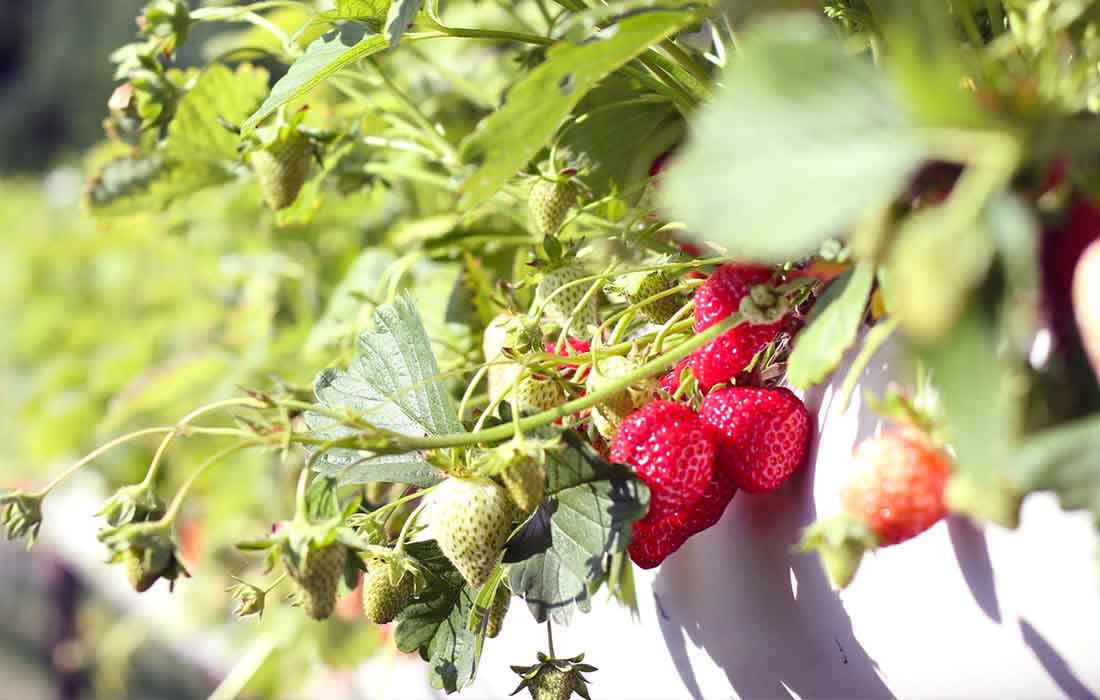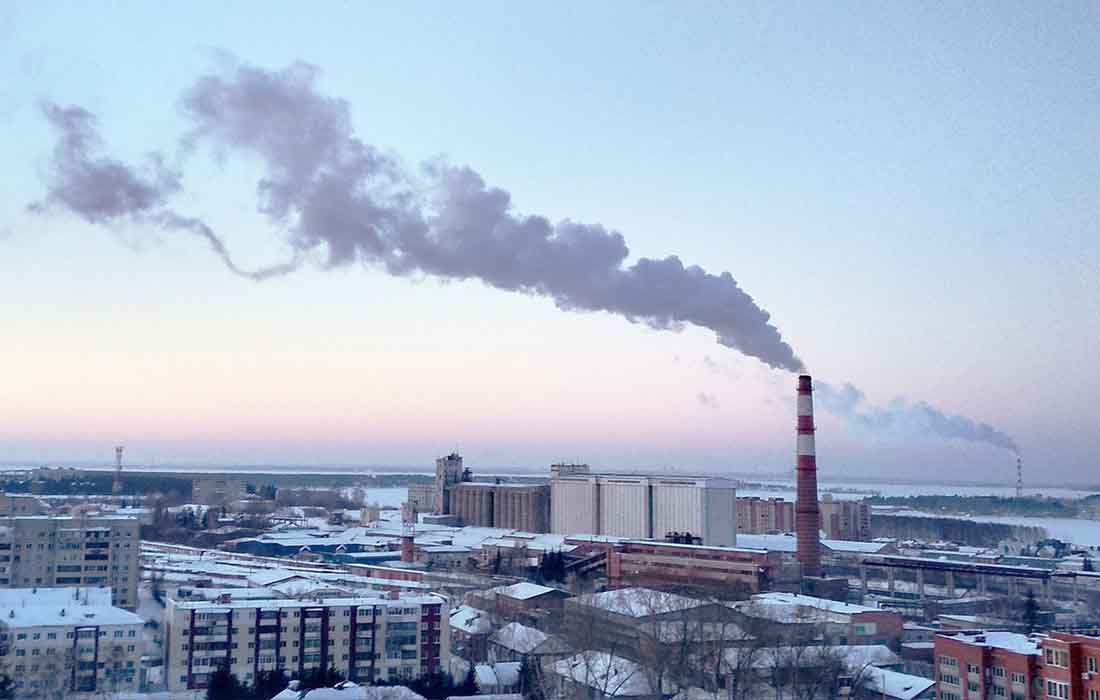The interconnectedness of life on earth means that nothing we put into our ecosystems simply disappears. In other words, what we do to the planet, we do to ourselves. Pollutants reach humans through the food we eat, the water we drink, and the air we breathe. These pollutants have both immediate and long-lasting negative impacts on our individual, community, and environmental health.
Outdoor air pollution alone is associated with more than one million deaths and countless illness each year across the globe. Children and the elderly—the most vulnerable members of our society—are especially susceptible to toxins like mercury and pesticides.
Why Environmental Health Matters
In our day-to-day lives, we don’t always see the direct impact of our actions when it comes to pollution, waste, and overall environmental impact. Taking a closer look at food, water, and air pollution can help us better understand the direct impacts of toxins on our bodies and how significantly these essential resources are being affected by current human behaviors.

Food
Pesticides and other chemicals used in food production don’t disappear when the final product hits the store shelves. They’re directly in the foods we eat. Not only do these modern additives degrade the soil quality of our farmlands and harm the pollinators who help grow our food, they can lead to cancer and antibiotic resistance in the people who eat them. Of the more than 80,000 chemicals currently used in the United States, most haven’t been adequately tested for their effects on human health.

Water
The human body is made up of approximately 70% water. Add that to the reality that only 2.5% of water on the planet is drinkable and it becomes clear why protecting our water supply is so important. Although the Clean Water Act and Safe Drinking Water Act are meant to keep toxins out of our water, many still slip by policy safeguards and physical filtration systems.
Currently, many of the protections America puts in place to ensure clean, safe drinking water are under threat. Fracking for natural gas and oil, which contaminates groundwater, has led to health problems in communities where those resources are being extracted. Polluted runoff from cities and farms flow into rivers we draw much of our drinking water from, and these pollutants end up in our bodies.

Air
Motor vehicle and industrial emissions impact human health too as these sources contain dangerous pollutants like mercury and sulfur dioxide. Research by the American Lung Association has found that many Americans live in areas with unhealthy levels of air pollution and are at risk of illnesses like lung and heart disease, cancer, and asthma.
Rising global temperatures from climate change worsen pollution. Indoor air can be dangerous as well, given the presence of chemicals from building materials, household products, and molds. Illnesses caused by air pollution keep children out of school, adults out of work, and lead to an estimated 35,700 premature deaths in the United States every year.

Environmental Justice
Historically, people and communities of color have borne a significant portion of the environmental burden and, more specifically, the negative effects of pollutants and toxins. From the intentional construction of power plants in lower income neighborhoods of color to the decay of city resources (such as the water crisis in Flint, Michigan) that actively harm the communities they’re meant to support, environmental injustices take place every day.
It’s critical that we acknowledge these inequities and educate people everywhere about environmental justice: what it means, how to show your support, and what changes we can make for a better, healthier tomorrow for EVERYONE.
What Can You Do to Stay Safe and Healthy?
Limit your exposure to toxins as much as possible on the individual level by eating organic food, avoiding places and times of heavy air pollution, and getting your water tested for dangerous metals and chemicals.
But more importantly, we need to advocate for stopping pollution at its source.
EarthShare’s Nonprofit Partners are doing just that by speaking out for cleaner energy and transportation options, researching the chemicals applied in our food system, and preserving the purity of our waterways. Interested in getting involved? Check out our Giving and Engagement platform to learn more about how you can support nonprofits on the frontlines of environmental health.




